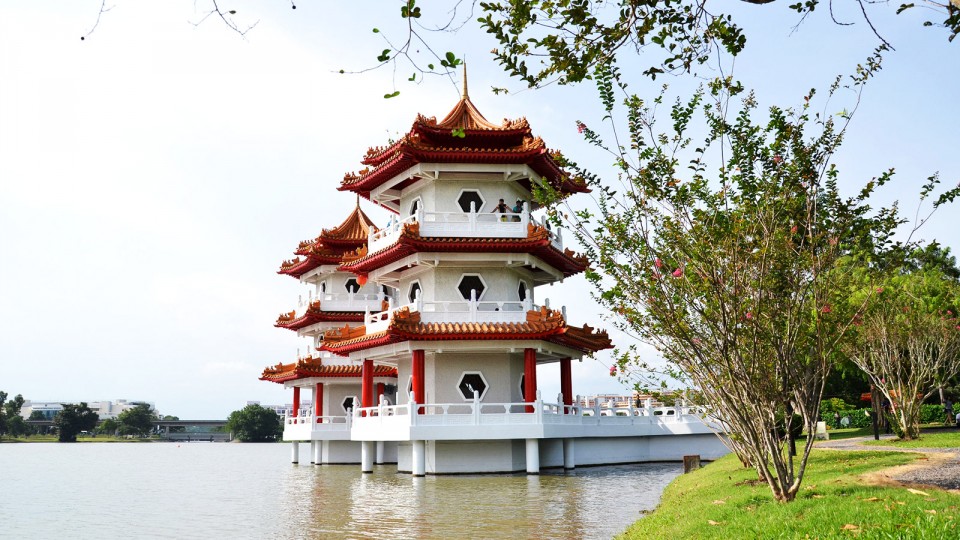Is Singapore the “Parks Capital of the Planet”? It’s possible. Few nations devote as much time, study and as many resources to develop areas exclusively for recreational and leisure time activities. Who benefits most? Runners, of course. How lucky are you to live in a country that prioritises sustainability on so many levels?
Singapore’s government, in concert with conservation professionals, are always in the midst of one park project or another, so if you love to switch things up, these seven Singapore parks could liven up your running routine. Visit one. See them all. And bring friends. These treasures are meant to be shared.
New Singapore Running Places to Explore
Coney Island
You can’t fish or camp at Coney Island, but you can run trails that take you through all manner of natural splendor. Coney Island stretches across 50 ha of land that includes coastal forest, mangroves, grasslands and woodlands, thus all of your senses will be engaged as you run. A model of ecological sustainability, even uprooted trees were used to craft Coney Island’s signs, benches and boardwalk.
Stop along your route to splash your face at five access points to beaches. Bring your own drinking water, wear trail shoes and long pants (to dodge bug and insect bites).
For safety reasons, no night runs here, and that’s a good thing. You could be frightened out of your running shoes by free-roaming Brahman cows curious about why you’re visiting their neighbourhoods! Located beside the Punggol Promenade Nature Walk, reach Coney Island by taking Bus #84.
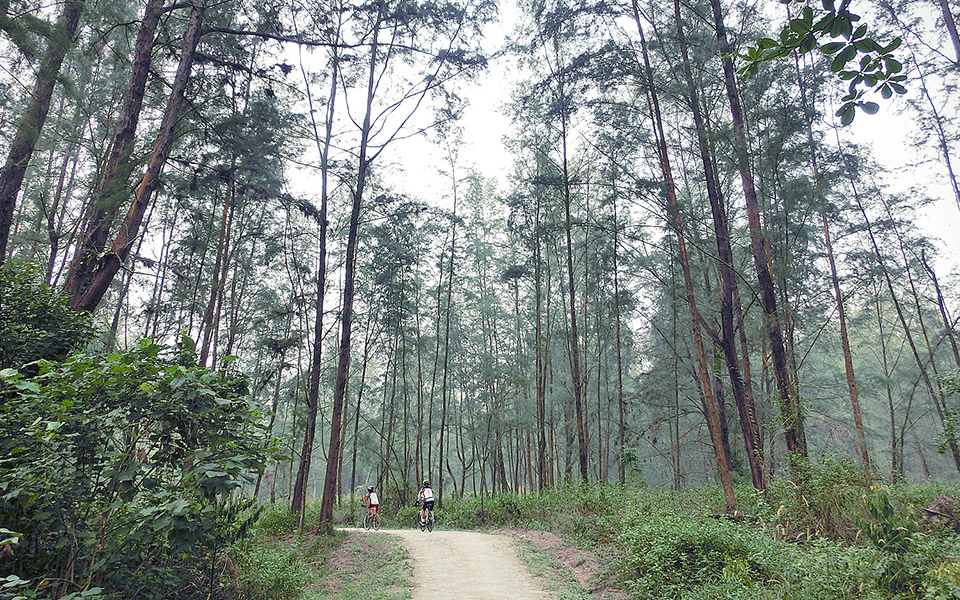
Jubilee Walk
If you prefer a smaller park for your running adventures, experience the antithesis of Coney Island’s rural, rugged terrain by having a run at the Jubilee Walk, an homage to Singapore’s history that consists of a chain of historic sites that represent symbols of the nation’s growth and change.
This 8 km trail has so many interesting stops, you could have trouble concentrating on your running objectives. Included along the route are iconic areas that include Fort Canning Hill, the Civic District, Singapore River and Marina Bay.
See examples of modern day architecture and sites side-by-side with those memorializing Singapore’s history as a 14th century regional trading hub. The Jubilee Walk was developed to salute Singapore’s 50th anniversary of independence. Visit National Heritage Board to download a guidebook.
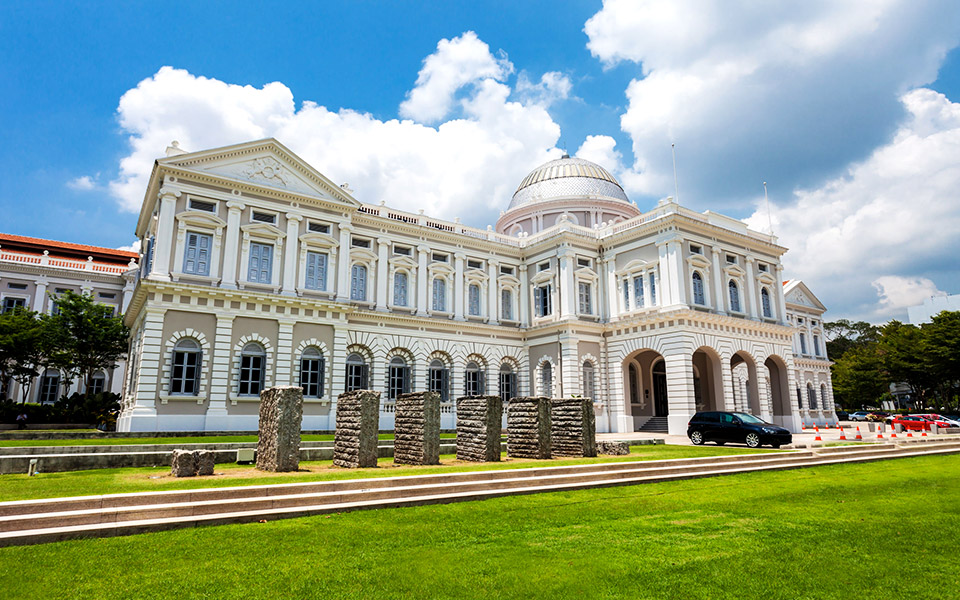
Funtasy Islands
Even CNN News profiled the creation of the Funtasy Islands, dubbed the world’s largest eco-resort, but what does this have to do with running?
Because the $240 million dollar development, located just 16 miles from Singapore, was designed to be the quintessential mixed-use community able to stand on its own because space is allocated to housing and commercial interests. What ties everything together is the expansive ecological park that hosts a running trail that stretches across a cluster of six islands.
Visually, this area was created to be the ultimate sensory eye candy for runners eager to experience nature’s wonders along the paths they travel. Included in the scenic tour are mangrove groves, coral reefs and tropical landscape. Still in development, it’s worth the 16 miles (25.7 km) trip for a taste of what you can expect once this futuristic paradise is finally completed.
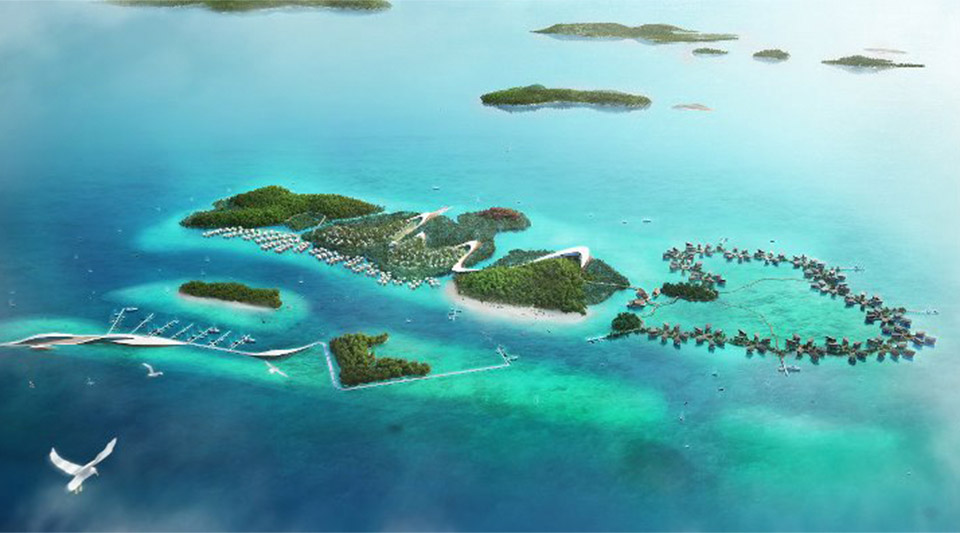
Windsor Nature Park
Another new nature park that will offer visitors and runners 75 ha of green space once it’s complete is the Windsor Nature Park, a lush development situated off Venus Drive at Upper Thomson.
The Windsor is just one of four newly-created nature preserves that, once ready for public use, will serve three main purposes: open more land to runners and visitors, create natural buffers to protect the Central Catchment Nature Reserve, and provide additional recreational opportunities to relieve crowding within the nation’s existing nature reserves.
Developers call this multi-purpose approach a green way to strengthen biodiversity using a holistic approach and guess who the beneficiaries of all of this largesse will be? Runners who are fascinated with native and migratory animals and birds and seek the improved trails strategically located amid this park.
A boardwalk will offer uniform surfaces for runners who aren’t crazy about trails, so no matter your running style, find your terrain here. There are 100 new trees in place to greet you along the 4.1 km route. Once complete, Windsor will have shelters and restrooms as well.

Jurong Eco-Garden
There are several reasons to run at the Jurong Eco-garden. First, it’s not crowded. Next, it’s an example of how a green settlement within an industrial park can exist in harmony.
About 5 ha in size, the Jurong Eco-Garden lives up to its name. Expect to run in forest, beside Singapore’s first man-made freshwater swamp, through a wildlife corridor and around a ravine while exploring this park’s diverse landscape.
Designed to be self-sustainable, you’ll want to stop running long enough to learn about the holistic storm water management system that collects rainwater for irrigation and park loo flushing.
To reach what developers call the “green lungs” of Cleantech Park, take bus #199 from Boon Lay Interchange and get off at stop #27171. Head to the Summit Lookout before you leave because the view is awesome. As Singapore’s first park to attain BCA-NParks Green Mark Platinum status, running here won’t just tone your body; it will also stimulate your mind.
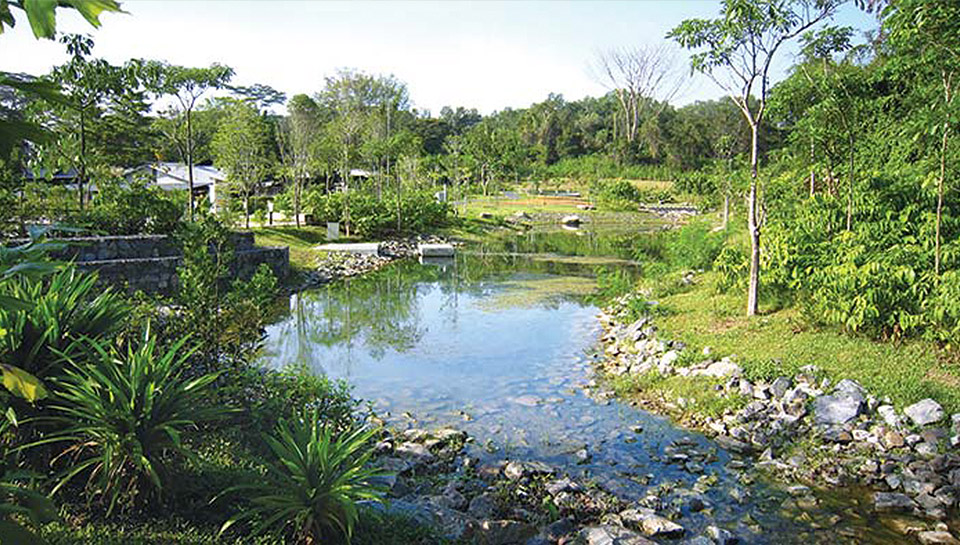
Jurong Heritage Trail
Why profile the Jurong Heritage Trail and the Jurong Eco-garden separately? Although they may be neighbours, that’s where resemblances end. This “memory trail” pays tribute to the industrial revolution that triggered the dramatic development of offices, factories, businesses and homes on land vacant land that was once a rubber plantation epicenter.
The Jurong Heritage Trail tour consists of 35 stops that include 12 heritage markets plus commercial enclaves in addition to Jurong Hill, Pandan Reservoir and Jurong Lake.
The Jurong Heritage Trail is the perfect place to run for those who like to stop and browse; you don’t want to mow down shoppers when you reach commercial areas, right? Download the Jurong Heritage Trail booklet for a peek at what you can expect.
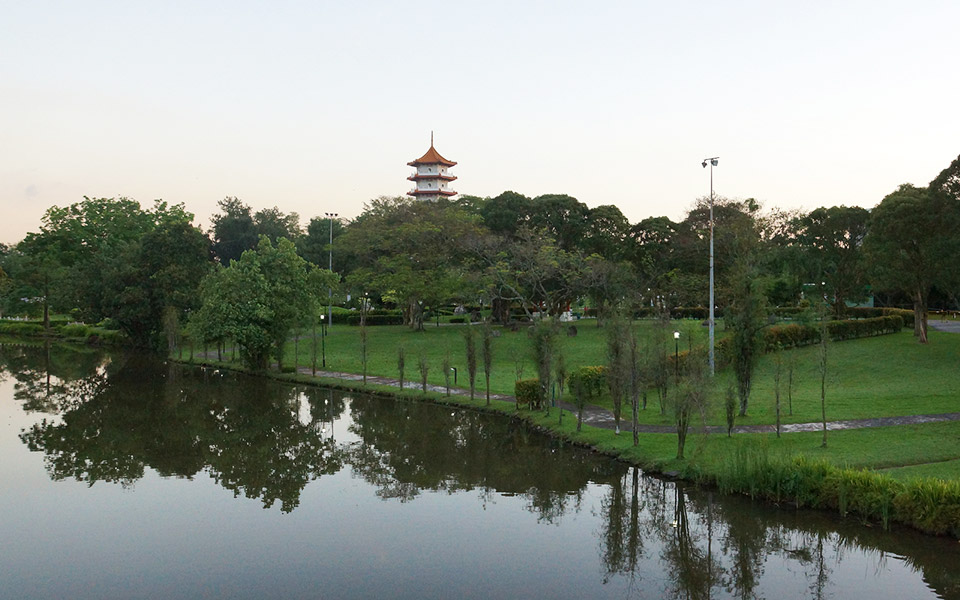
Chestnut Nature Park
This model of biodiversity is set to open to the public in September 2016, and if developers bring the park project in on time, athletes can enjoy a great new running haven just as autumn comes to Singapore. Once a rubber plantation, this area was abandoned in the 1940s, at which point Mother Nature moved in, reforesting the area with plants and trees indigenous to the area.
Chestnut Nature Park has also “acquired” flora and fauna from the nearby Central Catchment Nature Reserve, so you’ll observe more than 80 types of plants and you could also encounter 100 species of animals on your run.
At 80 ha, this is one massive park-in-works and will feature a seven-story observation tower that will loom over the Nature Reserve. Once complete, Chestnut Nature Park will offer runners shelters, signage, toilets and other amenities—all the comforts of home!
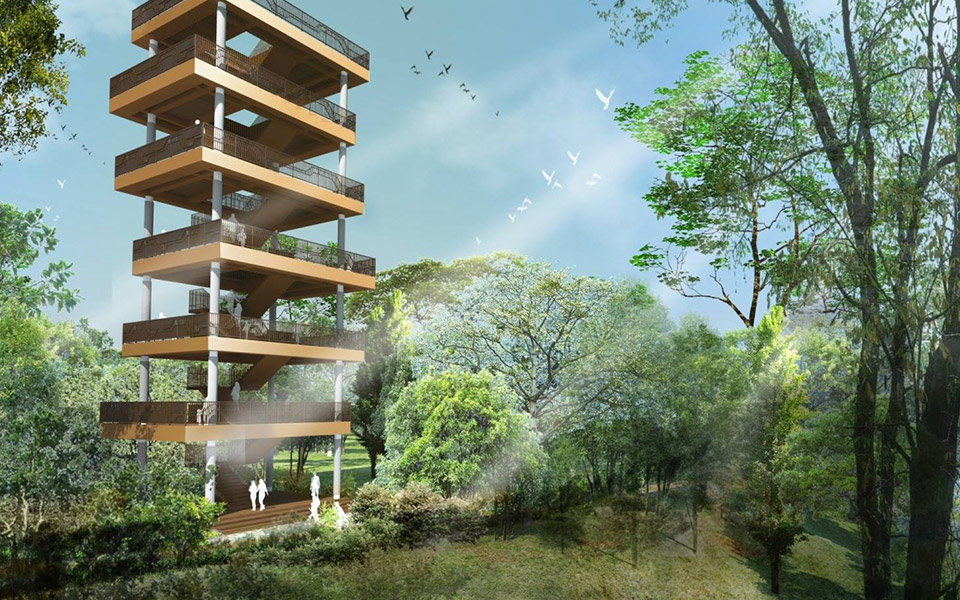
Kranji Marshes
An ecologically sensitive area that has officially opened on 1 Feb 2016, the Kranji Marshes wetlands is the Singapore’s largest freshwater marshland at 56.8 hectares. Located next to Sungei Buloh Wetland Reserve, the marshland is the home to over 170 species of birds, 54 species of butterflies and 33 species of dragonflies.
To access the core conservation areas, the public has to sign up for a guided tour with Nature Society of Singapore (NSS) or NParks. The distance for the tour is about 3 km.
A 10.65 metre tall Raptor Tower with panoramic views of the surrounding mashes awaits those who ascend it. Running may not be optimal though possible at the Kranji Marshes public area but a walk is definitely rewarding.
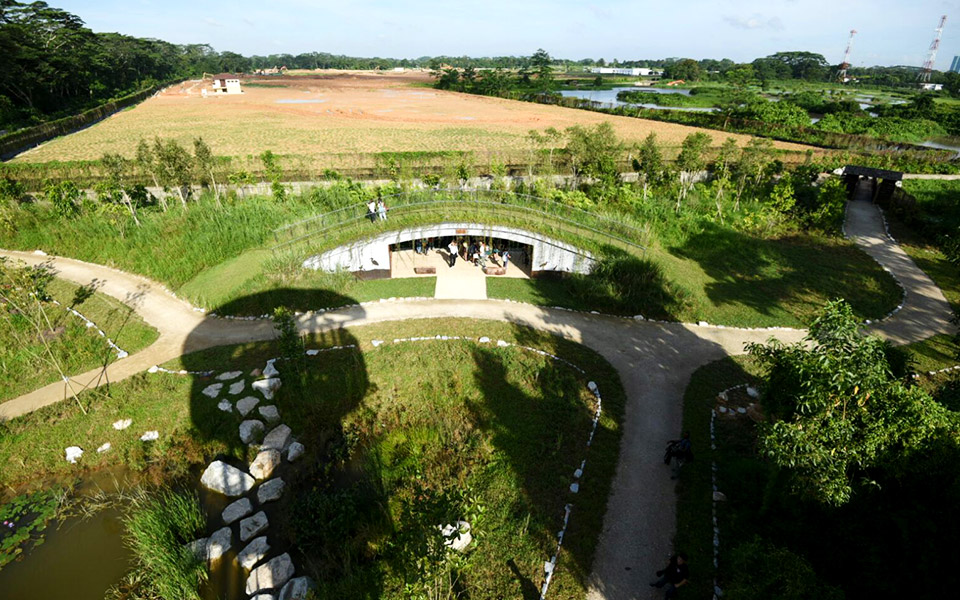
Are you perpetually seeking new parks and running trails or are you a creature of habit, sticking to areas you know so well you could traverse them wearing a blindfold? Ever wonder why you prefer to stick to one over the other?



